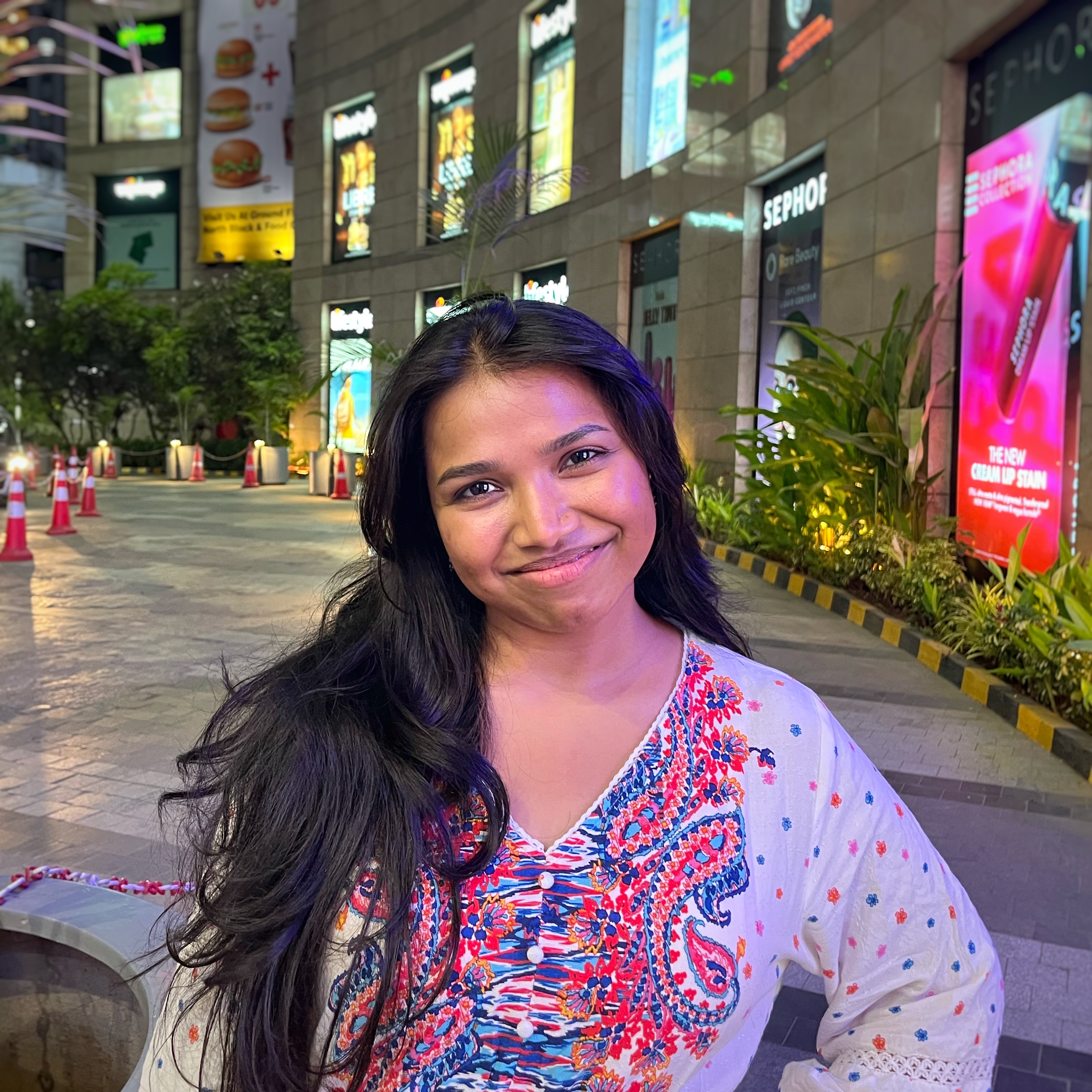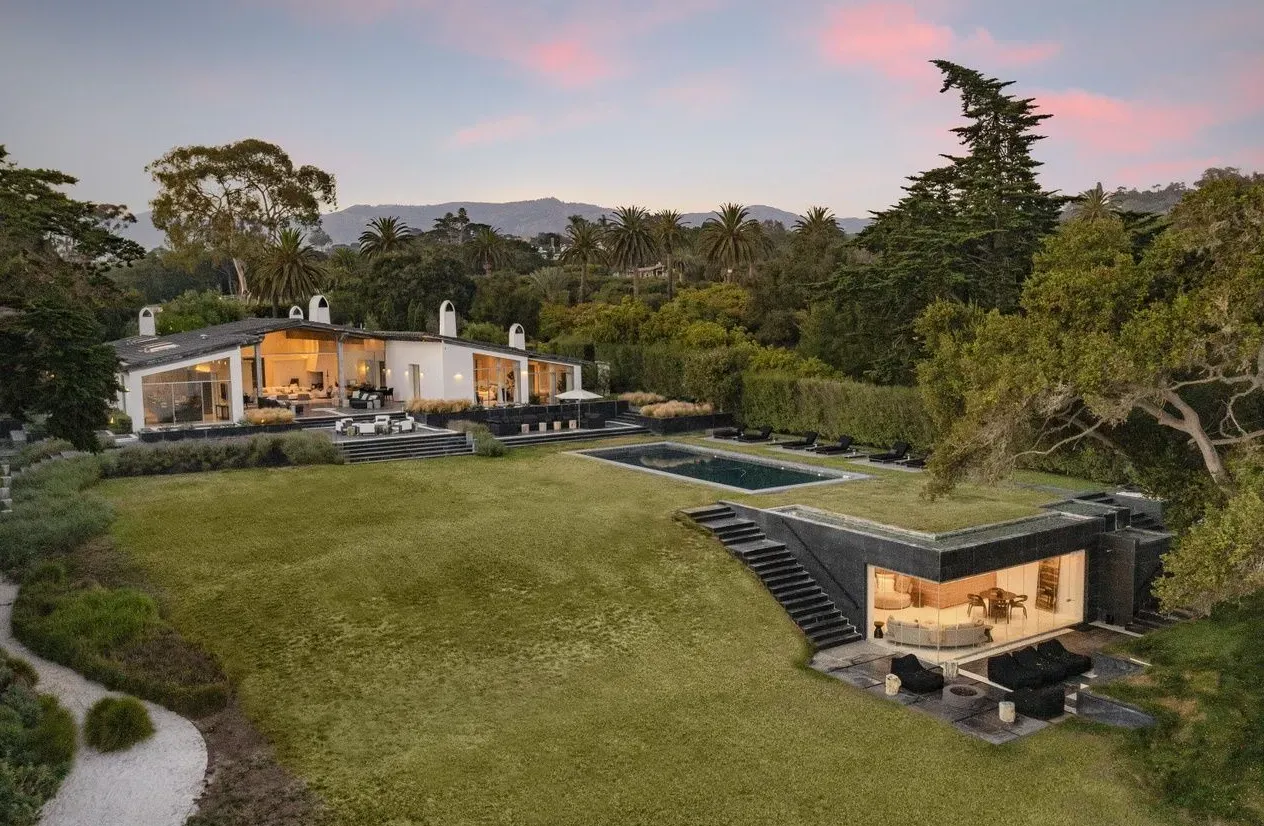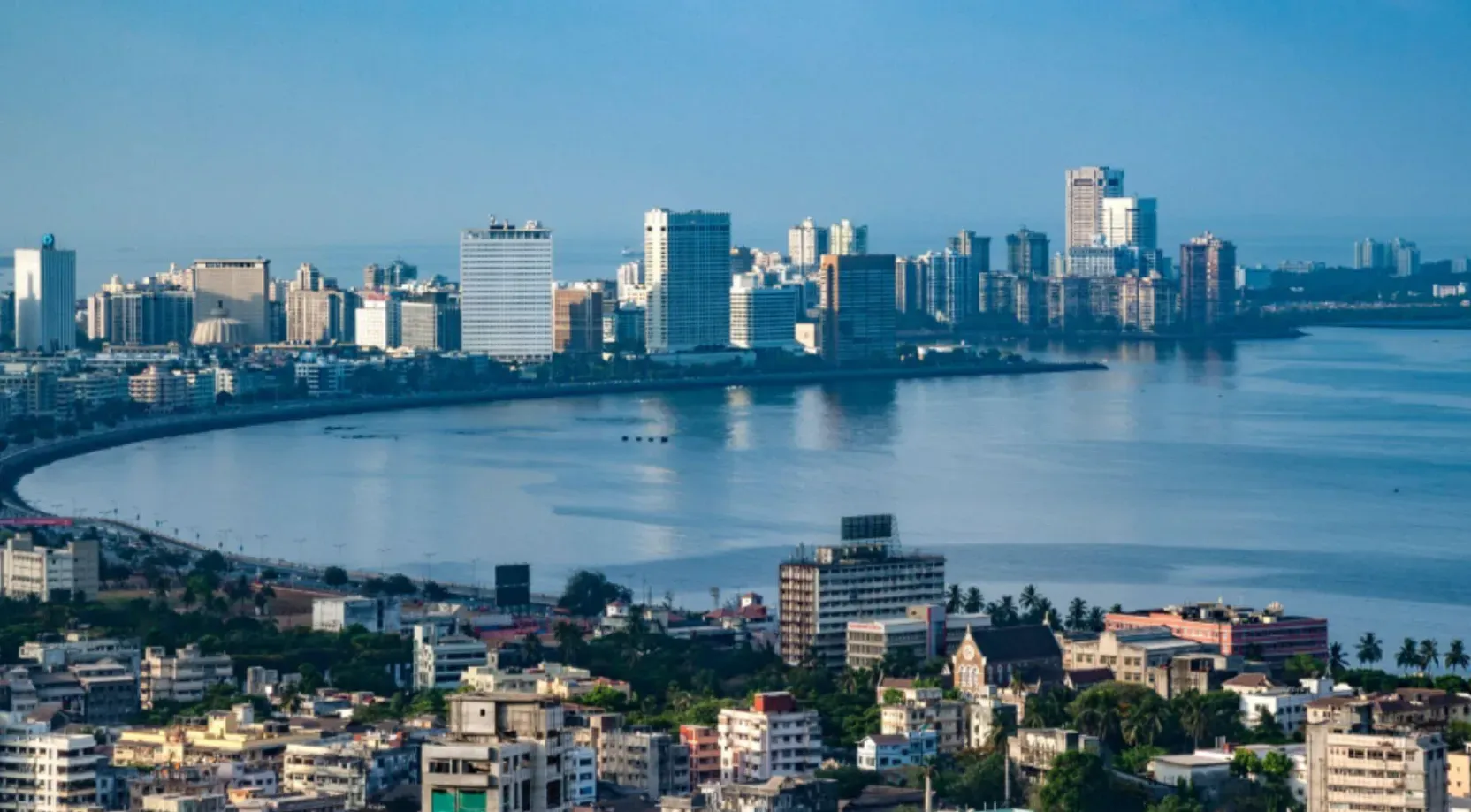Real Estate & Mental Health: Design Homes to Foster Well-Being

By
Shrusti Naik
Posted on September 24, 2025. 10 mins

Introduction

On World Mental Health Day and beyond, much attention is given to social, economic, and healthcare dimensions of mental health, but one crucial domain often overlooked is our built environment. Where we live, how our home is designed, how much natural light or ventilation we receive, and how noise or crowding is managed, all of these architectural and spatial factors influence our mental well-being.
In India’s fast-growing urban settings, stressors such as crowding, pollution, insecurity, lack of green space, and poor ventilation are common. A 2025 urban study in India observed how rapid urbanisation increases mental health challenges through noise, crowding, heat, reduced privacy, and social isolation. By consciously designing homes and choosing real estate with mental wellness in mind, residents can curtail stress, boost happiness, and nurture resilience. Check out Will the Rupee Depreciate Further? How It Affects You
This article explores the intersection of real estate and mental health in the Indian context. We will:
- Review the evidence linking housing and mental well-being
- Highlight design strategies and real estate trends in India
- Suggest actionable guidelines
- Present a table of comparative features
- Answer FAQs, with India-centric data and policies
1. Why the Connection Between Home & Mind Matters
Evidence from Research
- A study on housing improvement showed that better housing conditions (improved light, insulation, reduced dampness) correlate with improved mental health scores among residents, particularly women, over time.
- Another analysis affirmed that inequality in housing prices and spatial stress worsens mental health outcomes such as anxiety and visits to mental health services.
- Urban qualitative research in Indian megacities found that residents describe “psychological crowding” when neighbor proximity, noise, and lack of private zones cause persistent stress.
India’s Mental Health Landscape
- India’s mental health burden is substantial: WHO reports ~2443 disability-adjusted life years (DALYs) per 100,000 caused by mental health conditions.
- The National Mental Health Survey (2015–16) estimated ~10.5 % adult prevalence for common mental health disorders; and the treatment gap is ~84.5 % .
- India currently has only ~0.75 psychiatrists per 100,000 people, far below WHO norms.
These gaps mean that preventive environments, homes that reduce stress are essential complements to clinical services. Check out this Property Management for NRIs: A Seamless Guide to Handling Your Indian Assets from Abroad
Real Estate Stress: A Hidden Burden
In India, purchasing a home often triggers substantial stress. A pan-India survey by Track2Realty found:
- 68% of respondents admitted experiencing stress during home purchase
- 60% said pre-possession issues caused difficulties
- 40% said post-possession challenges (defects, delays) were more stressful
- 72% felt Indian apartments lack “breathable design”, open spaces, airflow, light
Thus, the real estate process itself, plus design flaws, can erode mental well-being unless consciously addressed. You may want to check Understanding Real Estate Taxes
2. Key Design & Real Estate Features That Impact Mental Well-Being
Below is a comparative table of design features, their psychological effect, and how real estate projects in India are adopting them.
| Feature / Element | Psychological / Mental Benefit | Indian Trends / Examples |
|---|---|---|
| Natural light & views | Boosts mood, helps circadian rhythm | Wellness real estate projects offering large windows, sky gardens |
| Ventilation / cross airflow | Reduces damp, mould, stuffiness | Developers adding ventilation shafts or orientation for breeze |
| Acoustic insulation / quiet zones | Reduces noise stress, better sleep | Use of double glazing, buffer walls, green buffers |
| Green space / indoor plants | Calming, lowers cortisol | Biophilic design, vertical gardens, courtyard parks |
| Private / semi-private zones | Enables retreat, privacy | Balcony spaces, reading corners, “quiet pods” |
| Thermal comfort & humidity control | Minimizes discomfort and irritability | Insulated walls, passive cooling, heat-adaptive design |
| Flexible layout / multipurpose zones | Reduces crowding stress | Open-plan with partitions, convertible rooms |
| Safe / secure built elements | Lowers anxiety about crime | Good lighting, secure entry, visibility in corridors |
Many modern Indian developments (Mumbai, Pune, Bengaluru) are promoting wellness-oriented real estate, with emphasis on green roofs, air filtration, meditation zones, noise control, to capture buyers who seek not just “luxury” but “wellness.” Also read, What the RBI Repo Rate Cut Means for Homebuyers: EMIs Just Got Cheaper
3. Designing Your Home Mindfully: Step-by-Step Guide
Here’s a structured approach when selecting or planning a home to promote mental health.
Step 1: Choose Location & Building with Wellness in Mind
- Proximity to green areas or open parks mitigates urban stress.
- Low traffic / low noise zones are preferable.
- Well-planned building layout, avoid narrow, deep units with poor cross-ventilation.
Step 2: Prioritize Natural Light & Cross Ventilation
- Orient primary living spaces (living room, bedroom) to receive morning sun / daylight.
- Use cross-ventilation paths, windows on two sides wherever possible.
- Use design tools (shadow analysis) to avoid blocked sun.
Step 3: Acoustic & Thermal Insulation
- Use double-glazed windows, acoustic panels, masonry buffers.
- Insulate roofs and walls to reduce heat stress (which influences mood).
- Proper shading (louvers, overhangs) to reduce glare and overheating.
Step 4: Strategic Zoning & Privacy
- Design a quiet zone (reading, meditation) away from noisy zones.
- Use partitioning / curtains / sliding panels rather than fixed walls.
- Avoid overly compact or “fishbowl” layouts where everything is visible and open.
Step 5: Integrate Biophilia & Nature
- Indoor plants, vertical green walls, small planters near windows.
- Pocket gardens or terrace greens where possible.
- Water features or indoor fountains (gentle sound) if maintenance allows.
Step 6: Flexible, Adaptable Spaces
- Rooms or corners that can adapt (e.g., office by day, yoga by night).
- Furniture that nests, folds or slides to change spatial feel.
- Use of light partitions helps in creating micro-zones.
Step 7: Controls & Mood Lighting
- Dimmable lights, warm ambient lighting, task lighting.
- Use of warm color tones and natural materials (wood, stone) to create soothing textures.
- Smart controls (automated blinds, lighting) that reduce micro-stress from manual fiddling.
4. Practical Examples & Indian Project Trends
- In Mumbai and Delhi, some wellness-branded projects are advertising air purification systems, sealed corridors, noise buffers, meditation pods as premium differentiators.
- In designs post-COVID, emphasis on cross ventilation, private balconies, semi-open terraces has grown as buyers value mental wellness more than ever.
- Developers are partnering with wellness consultants to embed mental health features, “homes that heal” to attract discerning buyers.
5. Challenges & Trade-offs
- Cost versus features: Acoustic insulation, premium glazing, and green design raise costs. Buyers need to weigh what features deliver true benefit vs what is marketing hype.
- Maintenance burden: Green walls, indoor plants, water features need upkeep. Poor upkeep can backfire (pests, mould).
- Regulatory limits: Building bylaws, setbacks, height restrictions may constrain ideal orientation or ventilation planning.
- Climatic constraints: In highly humid or hot zones, design must carefully manage heat & humidity as they can worsen mental stress. Recent research in India linking heat + humidity (wet-bulb temperature) to elevated depression symptoms reinforces this.
For those in pursuit of their dream home, investment opportunities, or a sanctuary to call their own, Jugyah provides top housing solutions with its intelligent technology.
6. How Real Estate Stakeholders Can Integrate Mental Wellness
- Developers / architects should collaborate with psychologists or wellness consultants in early design.
- Real estate agents can use wellness features as differentiators (e.g., “quiet corner home,” “ventilated living”) to appeal to buyers seeking peace.
- Buyers / consumers must inspect layout, ventilation, noise buffering, and ask for “wellness reports” or virtual daylight simulations.
- Regulators / municipal bodies could set “mental health building norms” (minimum daylight/ventilation, noise buffer zones) in urban housing byelaws.
7. Summary & Take-Away Tips

- The home is not just a financial asset, it shapes mental health.
- Empirical and India-context research show design and housing conditions influence stress, mood, and well-being.
- Adopting features like cross ventilation, acoustic insulation, flexible zones, nature integration and privacy can reduce daily stress.
- Despite cost and regulatory challenges, the “wellness real estate” movement is emerging across Indian cities and will likely grow.
- Buyers should demand evidence of mental-friendly design, and developers should treat well-being as a core value, not just a marketing add-on.
⬩ If you like, I can build a checklist or downloadable assessment tool for Indian home buyers to score a property’s “mental wellness quotient.”
FAQs
-
Does India’s Mental Healthcare Act 2017 mandate any home design norms? No, MHCA 2017 regulates rights of persons with mental illness, treatment, consent, and institutional care. It doesn’t prescribe architectural or housing design norms. But its rights-based orientation underlines that built environments should support dignity and autonomy.
-
Can small apartments (e.g. 1-2 BHK) really be designed for mental wellness? Yes. Even in compact homes, attention to cross ventilation, daylight access, quiet zones, and use of biophilic elements can yield meaningful benefit.
-
Are there Indian real estate projects branding ‘wellness homes’? Yes—several developers in metros (Mumbai, Bangalore, NCR) now market wellness-oriented offers: air filtration, noise buffer zones, meditation pods, green terraces [9]. Always check actual implementation vs marketing.
-
Will better home design reduce need for mental health treatment? While well-designed homes cannot replace clinical care, they act as preventive buffers that reduce daily stress, support mood stability, and delay or lessen mental health burden, given India’s large treatment gap (~84.5%).
-
What should a buyer checklist for mental wellness include? Key items: orientation for light, cross-ventilation possibility, acoustic insulation, presence of greenery or balcony, existence of quiet zones (bedroom, study), flexibility in layout, maintenance considerations, and developer’s wellness claims validated via plans/drawings.